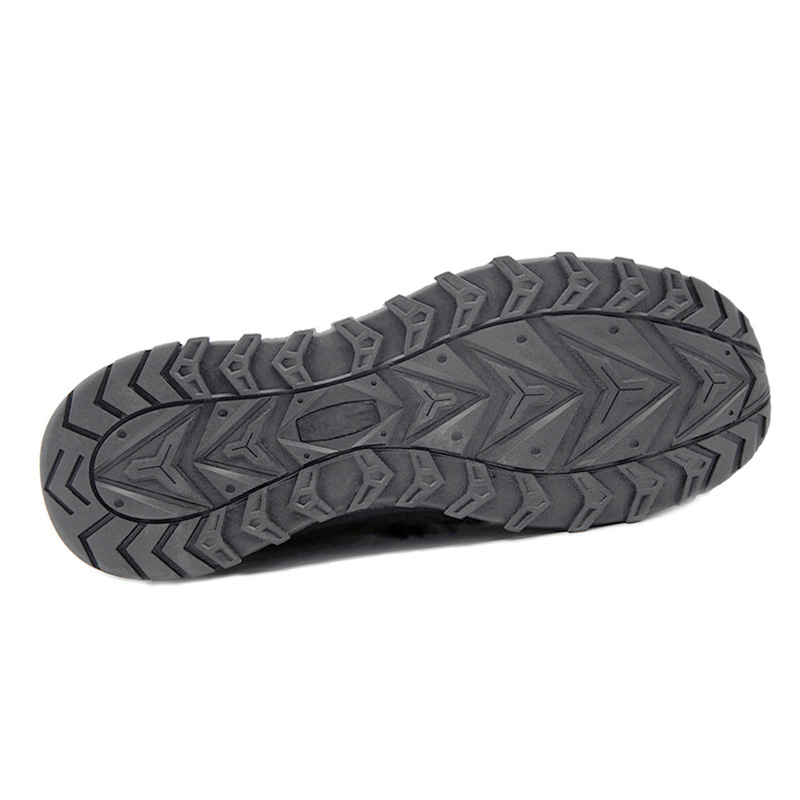Microcellular polyurethane (PU shoe material) elastomer has the characteristics of light weight, abrasion resistance, folding resistance, oil resistance, chemical resistance, etc., soft hand feel, comfortable to wear, elastic, shock-resistant, and non-slip. It is one of the fastest-growing PU shoe materials. This kind of synthetic resin for shoes is widely used in the production of casual shoes, sports shoes, work shoes and sandals. Some unique properties of PU shoe materials are lacking in other shoe materials. PU shoe materials are mainly used as sole materials. It was industrialized in Europe in the late 1960s, entered the American market in the 1970s, and developed rapidly in the world since the 1980s, and its consumption has been increasing steadily. Polyester PU (polyester PU is a combination of polyester and isocyanate, while polyether PU is a combination of polyether and isocyanate) has superior physical properties (harder, more wear-resistant, etc.) Etc.), the reason lies in his internal hydrogen bonding ability. It is also resistant to oil and solvents, so it is especially suitable for protective shoes.
PU shoe material meets international environmental protection requirements. The waste PU material is easy to decompose and will not cause environmental pollution after decomposition. Nowadays, many protective shoes use dual-density PU shoe material, which makes the product have better shock absorption and wearing characteristics. Under the action of high temperature, the polyurethane is tightly absorbed on the upper surface without degumming and waterproofing, which is not only for production It is healthy and beneficial, and does not pollute the environment, which greatly improves production efficiency.
However, the disadvantage of PU shoe soles is: it is susceptible to hydrolysis and microbial damage. As a result, the physical properties are greatly reduced, the quality level is shrunk, and cracks will appear if used for a long time or stored for a long time, thus greatly reducing the service life of the shoes. These factors will be more serious in the case of high temperature and high humidity, so they are more significant in countries with hot and humid geographic environments. In some cases, shoes have to be stored (or shipped by container, under very bad conditions) for a long period of time, and then reach the end consumer through the storage and sales links. Consumers have not used it for a long time, and the soles of the shoes may break or decompose. It became an “old” shoe. Another problem with ester PU is that it has poor low temperature flexibility, because the mild part of adipic acid is easy to crystallize. Therefore, similar materials have great limitations under low temperature conditions.



